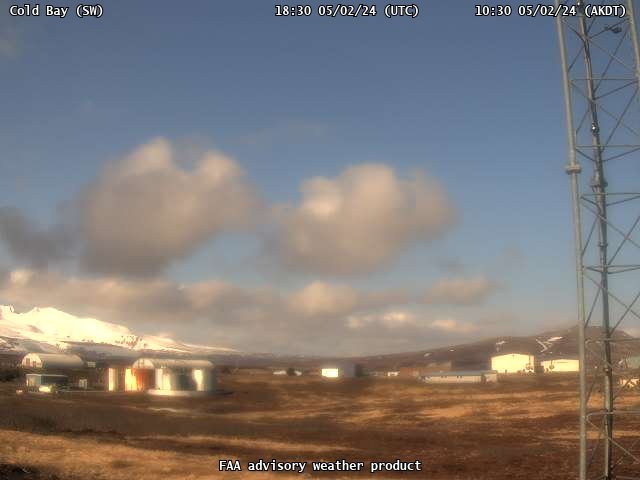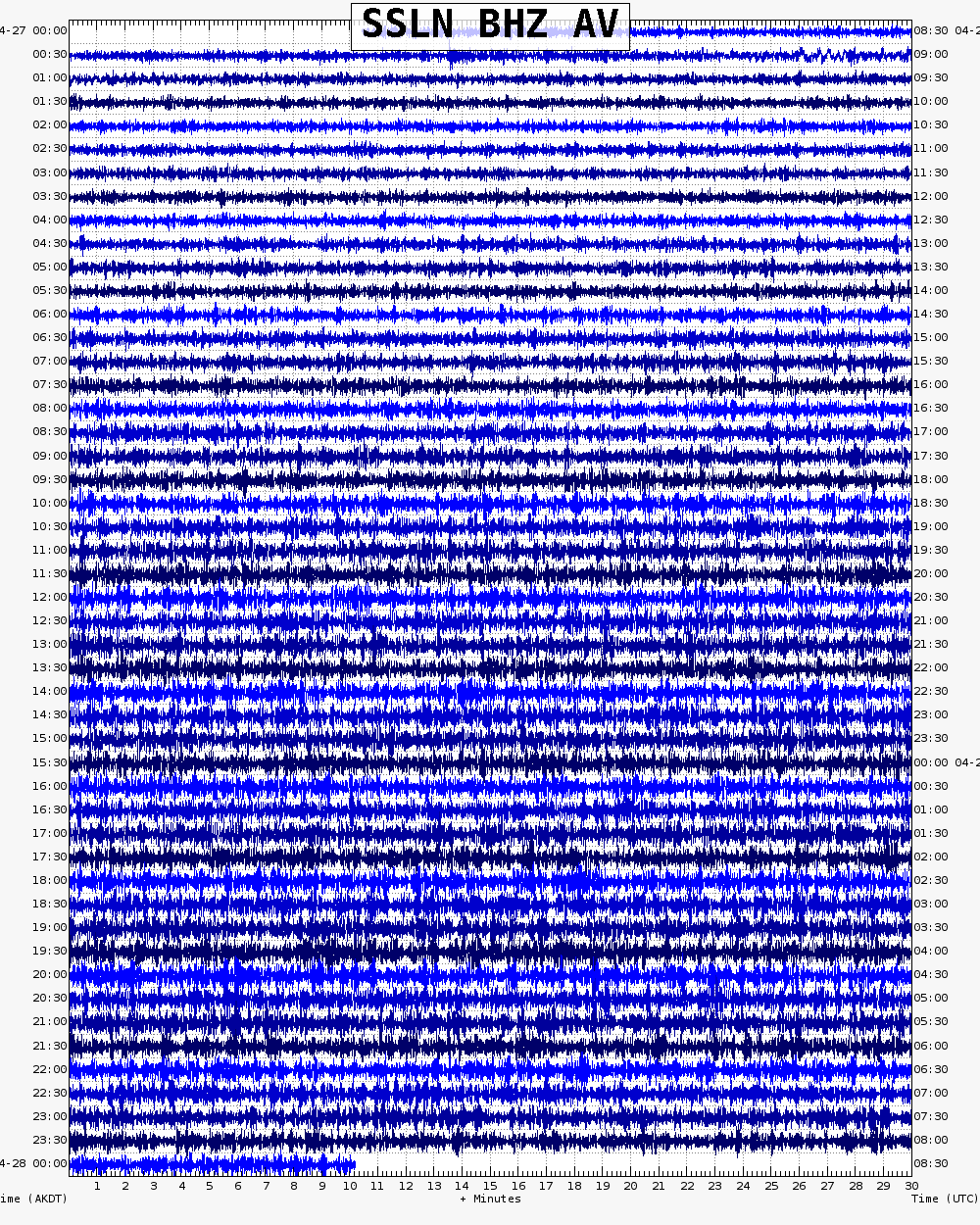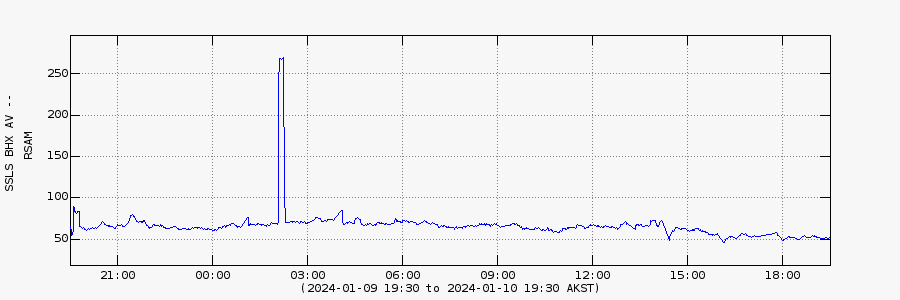Shishaldin
Facts
- Official Name: Shishaldin Volcano
- Seismically Monitored: Yes
- Color Code: YELLOW
- Alert Level: ADVISORY
- Elevation: 2857m (9373ft)
- Latitude: 54.7554
- Longitude: -163.9711
- Smithsonian VNum: 311360
- Pronunciation:
-
Nearby Towns:
- False Pass 23 mi (38 km) NE
- Pauloff Harbor 55 mi (88 km) SE
- Cold Bay 58 mi (93 km) NE
- King Cove 69 mi (111 km) NE
- Belkofski 80 mi (129 km) NE
Description
From Miller and others (1998) [1] : "Shishaldin Volcano, located near the center of Unimak Island, is a spectacular symmetrical cone about 16 km in diameter at the base. The mountain, which rises to a summit 2857 m above sea level, is the highest peak in the Aleutian Islands and has a small summit crater from which a steady cloud of steam is emitted. The upper 2000 m is almost entirely covered by perennial snow and ice. It is flanked to the northwest by 24 monogenetic parasitic cones [2] . The Shishaldin cone is less than 10,000 year old and is constructed on a glacially eroded remnant of an ancestral soma and shield [2] , which in turn are underlain by volcaniclastic rocks of probable late Tertiary age [3] . Fournelle (1988) [2] suggests that the basement may consist, at least in part, of plutonic rocks."Name Origin
Tebenkov (1852) named this volcano "So[pka] Shishaldinskaya," which was later transliterated to "Shishaldin Volcano." G.A. Sarichev reported its Unangam Tunuu name as "Agajedan (Grewingk, 1850). Wagner (1937) wrote that it was named Volcan de Fernandez, by Martinez (Orth, 1971).
References Cited
[1] Catalog of the historically active volcanoes of Alaska, 1998
Miller, T. P., McGimsey, R. G., Richter, D. H., Riehle, J. R., Nye, C. J., Yount, M. E., and Dumoulin, J. A., 1998, Catalog of the historically active volcanoes of Alaska: U.S. Geological Survey Open-File Report 98-0582, 104 p.[2] Geology and petrology of Shishaldin volcano, Unimak Island, Aleutian Arc, Alaska, 1988
Fournelle, J. H., 1988, Geology and petrology of Shishaldin volcano, Unimak Island, Aleutian Arc, Alaska: The Johns Hopkins University Ph.D. dissertation, 507 p., 2 plates, scale unknown.[3] Reconnaissance geologic map of the Cold Bay and False Pass quadrangles, Alaska, 1978
McLean, H., Engelhardt, C. L., and Howell, D. G., 1978, Reconnaissance geologic map of the Cold Bay and False Pass quadrangles, Alaska: U.S. Geological Survey Open-File Report 78-0323, unpaged, 1 plate.Current Activity
May 1, 2024, 11:28 amUnrest at Shishaldin Volcano continues, with occasional periods of volcanic tremor and intermittent earthquake activity observed over the past day. Sulfur dioxide gas emissions and minor steaming from the summit crater was observed in satellites from yesterday afternoon. This is typical for Shishaldin during periods of low-level unrest.
The last significant ash-producing eruption occurred in November 2023.
Local seismic and infrasound sensors, web cameras, and a geodetic network are used to monitor Shishaldin Volcano. In addition to the local monitoring network, AVO uses nearby geophysical networks, regional infrasound and lighting data, and satellite images to detect eruptions.
![Shishaldin [BRPK, 1320 ft]](https://www.avo.alaska.edu/ashcam-api/images/shishaldin_brpk/2024/120/shishaldin_brpk-20240430T211000Z.jpg)



